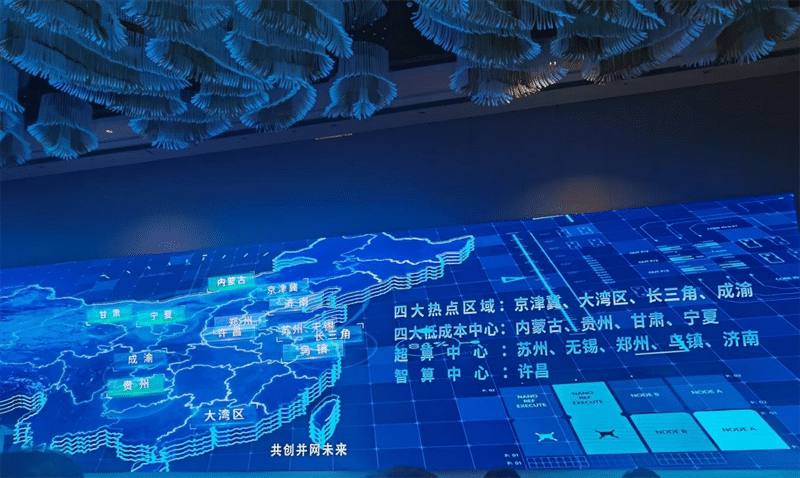The epidemic situation in Hong Kong has been recurring, and small, medium and micro enterprises have the most difficult time operating. On the contrary, the situation in the mainland is relatively stable, and foreign capital and large Hong Kong companies have not slowed down their entry into the Greater Bay Area, causing the market center of gravity to shift further north. Hong Kong's small and medium-sized enterprises are flexible and changeable, and many are still trying to transform and innovate in the face of adversity. However, not all small and medium-sized enterprises are able to explore and expand the Greater Bay Area market and find business opportunities. How can the government provide targeted support to help them get out of trouble?
Officials have spared no effort in promoting the Greater Bay Area, with most emphasizing its opportunities. However, how different industries take advantage of this huge market is the most unclear point for individual merchants. The survey shows that most small and medium-sized enterprises regard the development of the Greater Bay Area as an infrastructure project and policy coordination across provinces and cities, and do not see the connection with their own industry. More than 40% of them said that their companies do not have a consistent view or strategy for the Greater Bay Area. When conducting business promotion, the government should focus on clarifying the actual meaning of the Greater Bay Area to different industries.
In the past, many experts and industry insiders suggested removing institutional barriers between Guangdong, Hong Kong and Macao, including regulatory levels, tax financing and cultural differences. All of the above have been achieved, but as many as two-thirds of SMEs said they are not interested in expanding their business to the Greater Bay Area. It can be seen that tearing down institutional walls and loosening restrictions may not be able to persuade small and medium-sized enterprises to move in. Instead, we must first help small and medium-sized enterprises understand the value of the Greater Bay Area to them.
By industry, the manufacturing industry is relatively mature and saturated, so it is least interested in the Greater Bay Area. The accounting industry is slightly interested, but it is limited to expanding its traditional business within the region. What is most interesting is the professional service industry, which regards the Greater Bay Area as a stepping stone to enter mainland China. Even though this group of professional executives interviewed have worked in the industry for more than ten years, they still have no experience of staying in the Greater Bay Area for a long time. Therefore, the government can give priority to investing resources in professional industries to enhance the competitiveness of professionals entering the Greater Bay Area for development.
Multinational companies and large Hong Kong companies have strong capabilities and have taken the lead in settling in. Unlike large enterprises that are accustomed to cross-border business, small and medium-sized enterprises, which are wary of economic difficulties, are even more hesitant to develop northward. At present, for many small and medium-sized enterprises in the Greater Bay Area, the industry connections are unclear and the value is not attractive. The government should publicize more success stories of individual industries and provide more targeted supporting support to help industries interested in exploring new markets seize the recovery of nearby economic circles as early as possible and work with small and medium-sized enterprises to break through adversity.
Note: The Institute of Emerging Markets of HKUST commissioned Zectr to conduct a telephone survey and interviewed 101 executives of Hong Kong small and medium-sized enterprises in May 2021.



